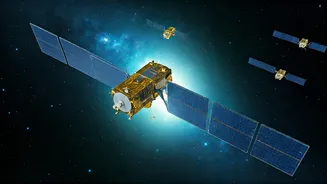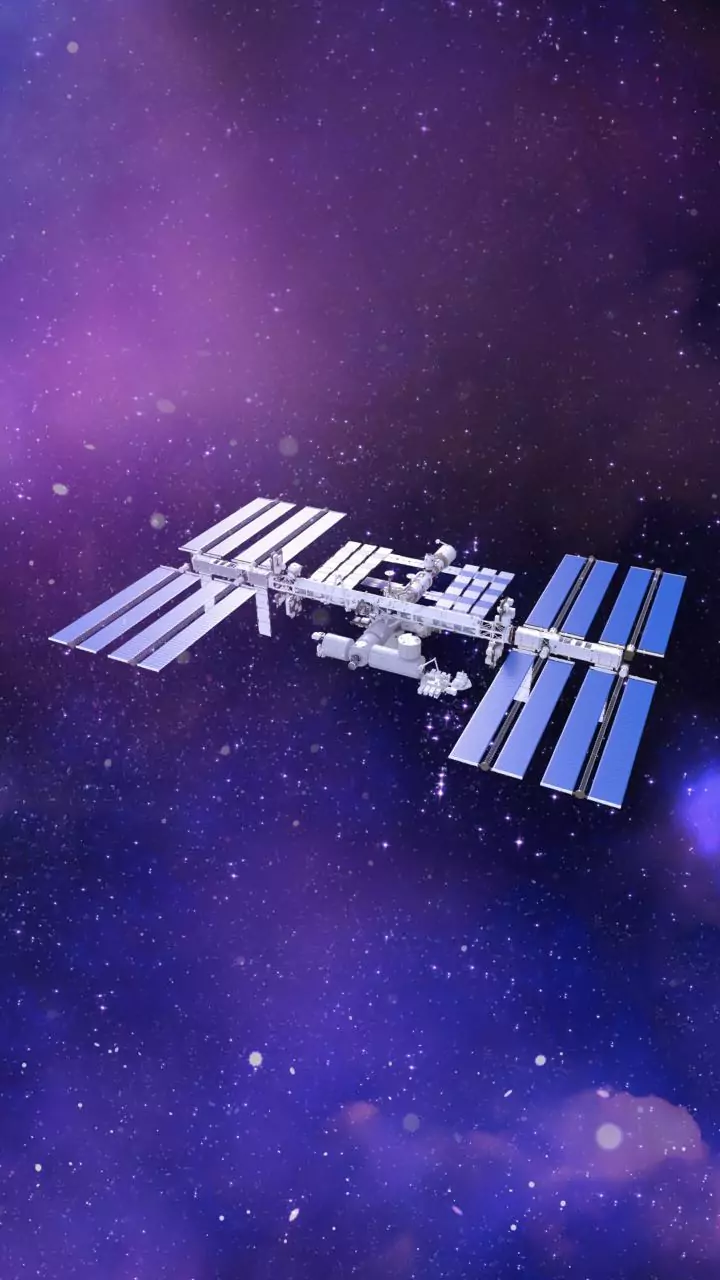Advanced Computer Modules
PDC's unveiling of the Osiris computer module represents a significant leap forward in space technology. This module incorporates Microchip’s PIC64-HPSC,
indicating a focus on enhancing processing capabilities for next-generation space missions. The integration of this technology is expected to improve the efficiency and reliability of spacecraft operations. The development of advanced computer modules signifies the commitment to pushing the boundaries of what is achievable in space, providing the necessary tools for more complex and ambitious missions. By using cutting-edge processors, space missions can be designed with enhanced capabilities and a higher level of autonomy, opening up new possibilities for exploration and scientific discovery. The continued evolution of computer modules will be essential for successfully navigating the challenges of deep space exploration and gathering valuable insights about our universe.
China’s Lunar Ambitions
China is aiming for a 2026 launch of its Long March 10 rocket, along with the inaugural flight of its new lunar crew spacecraft. This timeline underscores the nation's steadfast dedication to space exploration and its aim to establish a stronger presence on the moon. The successful pad abort test of the Mengzhou spacecraft crew module, conducted at Jiuquan Satellite Launch Center in June 2025, validated the safety and reliability of its crew systems. This crucial test demonstrated the efficacy of the abort system, vital for ensuring the crew's safety during launch. China's pursuit of lunar missions reflects a broader global interest in returning to the Moon, highlighting its strategic significance for scientific research and potential resource utilization. These launches are a critical steps to advance China's presence in space and contribute significantly to worldwide efforts of space exploration.
Partnership Integration
Cambrian Works and Aptos Orbital have joined forces, which signals a push for greater efficiency in space communication systems. The integration of the GigRouter and Aptos Terminal technologies is designed to enhance data transfer capabilities, which will be essential for space-based operations. Such partnerships demonstrate the necessity of collaboration in the space sector, where sharing expertise and resources accelerates the pace of innovation. The integration aims at creating more powerful and reliable networks for transmitting data. This collaboration is set to improve communication infrastructure in space, thereby facilitating more effective scientific missions, satellite operations, and other space-related endeavors. The advancement of technology in this field is an important step to ensure the long-term sustainability of space missions.
European Earth Observation
The DOMINO-E Proof of Concept is working to federate Europe's Earth Observation Ground Segment. This initiative targets the creation of a more integrated and efficient infrastructure for processing and analyzing Earth observation data. Such advancements are crucial for a wide array of applications, including climate monitoring, disaster management, and environmental research. This project facilitates better data access and sharing across various European agencies. By merging the capabilities of various organizations, DOMINO-E aspires to promote more profound insights into our planet's dynamics. This collaborative strategy is pivotal for utilizing the full potential of Earth observation data, thereby aiding scientific advancement and environmental protection. Such developments are essential for creating a better understanding of the global climate and other essential areas of research.














